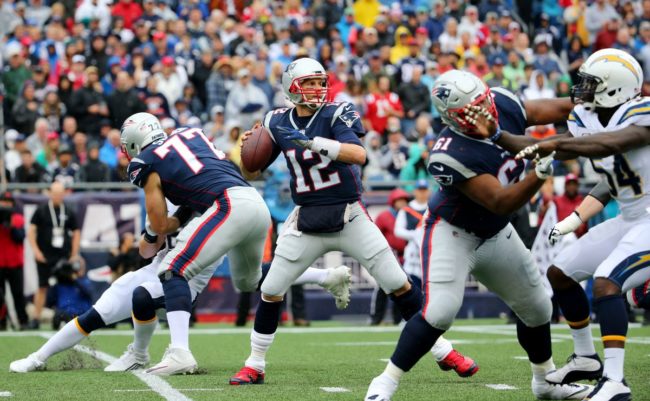
The 2018 Kellogg Bowl
The Super Bowl is fast approaching. On February 4, more than one hundred million people will congregate at Super Bowl parties to watch both the football and the advertising. On the part of advertisers, they will spend $5 million or more for each thirty second spot to reach the huge audience.
If history is any guide, many people will be more interested in the advertising than the game. Which advertisers will stand out? Who will run the best advertising?
For the 15th year, Northwestern University’s Kellogg School of Management will be hosting the Kellogg Super Bowl Advertising Review. This year we are referring to it as the Kellogg Bowl or #kelloggbowl. Once again, I’ll be leading the event, along with my colleague Professor Derek Rucker.
During the Super Bowl, a panel of almost 70 Kellogg MBA students will gather to evaluate all of the Super Bowl advertisers. Shortly after the game, we will publish a full ranking including the best and the worst.
The Kellogg Bowl is unique because the focus is on strategy and execution. The panel considers whether each ad has sound strategy that is likely to build the business and build the brand, and whether the strategy comes through in the execution in an impact manner.
This is a unique perspective. The USA Today’s Ad Meter focuses on overall liking. People sign-up to score each ad and the Ad Meter reflects the average overall score. Ad Bowl, run by a marketing agency, ranks ads based on web views.
The Kellogg Bowl considers the core business question. This an important perspective, because every Super Bowl ad is ultimately a business investment. Firms spend $5 million, $10 million or even more because they believe the business impact will justify the spending.
When evaluating Super Bowl ads, Kellogg Bowl panelists use a six part framework called ADPLAN.
-Attention: Does the ad break through the clutter? If an ad doesn’t attract some attention, it risks having limited impact. The first task for a piece of communication is to get people to pay attention.
-Distinction: Is the execution different? If one ad looks like all the other ads in a category, it won’t do much. It might even help the competition.
-Positioning: The position of a brand should come through. That is, the ad should appeal to a target with a compelling message and/or benefit.
-Linkage: Strong advertising creates a link between the brand and the creative message. The goal is for people to remember the creative idea and then connect it to the brand.
-Amplification: What will people remember and play back? What will they amplify? Ideally, this will be positive and connected to the brand. However, almost every year, some brands will go too far and their advertising dollars will produce ill will with consumers.
-Net Equity: A piece of communication should build off the existing equity of a brand. If there is a disconnect between the message and the brand, people may be confused.
The Kellogg Bowl often ends up with a unique ranking. In 2017, for example, Kia won the Ad Meter ranking and Turkish Airlines won the Ad Bowl. The Kellogg Bowl put Mr. Clean at the top of the list; the ad had enormous breakthrough and exceptional branding.
Advertisers are finishing up their ads in preparation for the game. While advertisers hope to win the Ad Meter, ultimately the Super Bowl is about business impact, making the Kellogg Bowl a ranking to watch.
Fun!